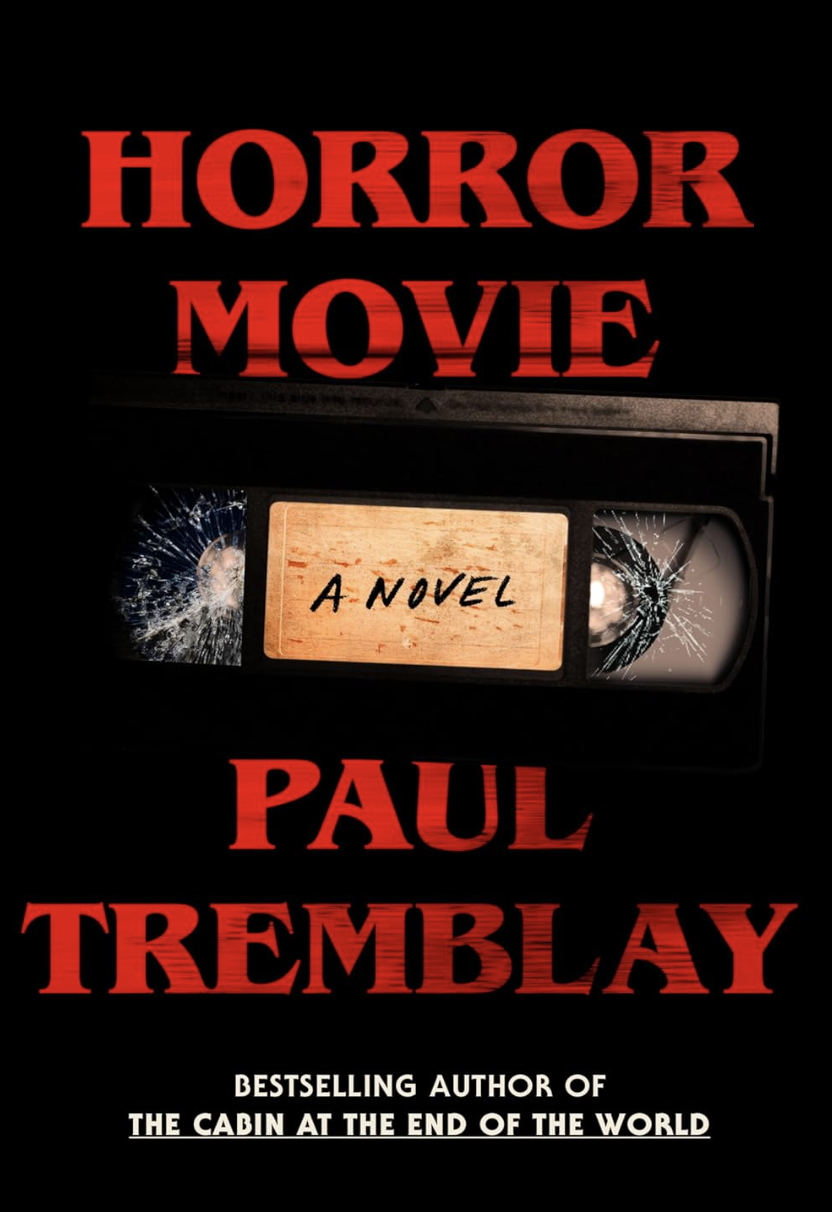In June of 1993, a small group of young people got together and spent a month making a bizarre horror movie titled Horror Movie. With one camera, a skeleton crew, a script that broke a lot of rules, and almost no budget, they managed to make their film after a few setbacks and plenty of blood and accidents. While the film was never released, three scenes and a few stills were made available online, and they became the stuff of legend over the years, collecting a cult following and sparking a frenzy of speculation, online debate, and conspiracy theories.
Now, 30 years after the original, unreleased film was made and after all the drama —psychological and emotional as well as legal — that ensued, Hollywood wants to make a big budget version and release it. The man who played “The Thin Kid,” perhaps the original film’s most iconic and mysterious character, is the only surviving cast member, and they want him to reprise his role. He still has the mask he used in the movie, and also the scars the filming process left behind. He remembers the strange things that happened on the set, the brutality that quickly became normalized while they shot dark scenes, and the chaos and destruction the film brought to all of them. Still, he agrees to help with the reboot. As things move forward and he deals with directors and movie people, the past comes back to haunt him — but The Thin Kid pushes forward, as always.
Reading a Tremblay novel is entering a universe in which confusion and ambiguity — “My answer was not no. I didn’t say the word ‘yes'” — reign supreme. Horror Movie is no different. In fact, this might be Tremblay’s most Tremblay novel to date. For starters, the author once again eschews the traditional novel format, this time in favor of a mix of novel and screenplay in which one bleeds into the other frequently, switching chapters and effortlessly taking readers from past to present and back again. Also, the screenplay itself is unique in format and makes the reader part of what’s happening, constantly shattering the fourth wall and acknowledging that the events are communal — that we are there, witnessing what the characters are witnessing and feeling the same sense of dread and anticipation that they feel.


